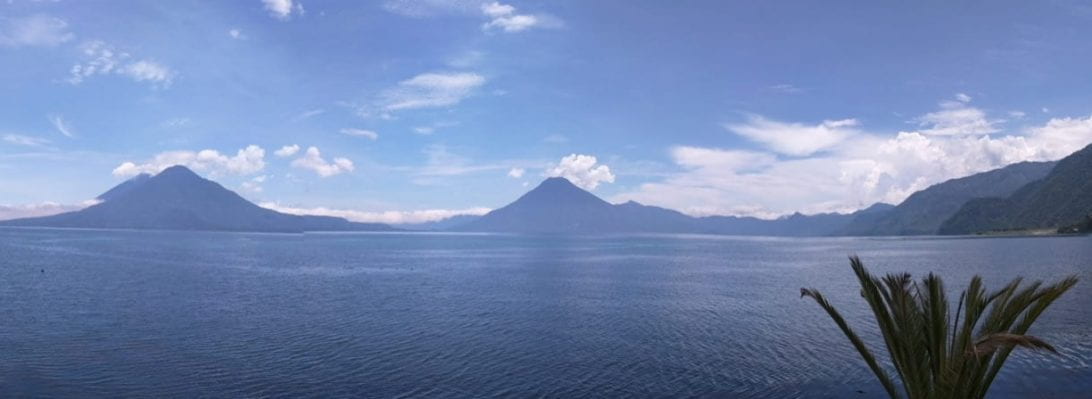As we boarded the plane to travel from Guatemala City to Houston, it would have been difficult not to take a moment to reflect on what we all had experienced during this trip. From our plane first landing in Guatemala City eight days ago to driving through the Guatemalan mountains to sampling multiple versions of the local Mayan dish “Pepian,” I appreciate everything I learned from Guatemala, and I am excited to take a moment to reflect on my favorite experiences from the trip.
My first favorite experience was working with the local Mayan children during our STEM lessons. Originally, I was not very good at working with the children, but by the time we completed our last lesson, I felt I had improved astronomically. I was more comfortable and confident both working with the children and speaking Spanish. I enjoyed both STEM lessons, and I felt both did a good job of engaging with the children.
My second favorite experience occurred in San Antonio just after we had finished installing an Eco Filter into a local home. The Mayan Families’ representative Natalia lead us just around a corner to a small artisan shop known for their ceramics. Rachel has mentioned earlier on the trip just how exquisite the ceramics were, so I was excited to actually see the shop. Upon entering, I was blown away by all of the bright, dazingly colors delicately incorporated into each work of art. I was especially enthralled by a large jug that was intricately decorated by a hummingbird resting on a bed of flowers. This piece caught my eye, and after borrowing a few Quetzals, I purchased the jug and started thinking just how I would package this fine piece, so I would not break it when travelling home. At this point, I have safely made it home with the jug intact, and I am still very happy with the purchase.
Considering both of these experiences, and everything else we experienced this trip, I appreciate what I was able to learn about both humanitarian engineering and Mayan culture. I now feel significantly more confident planning how to enter a foreign community and conduct a needs assessment in a manner that promotes sustainable economic development of that community. Also, I recognize how difficult it was for the local people to preserve their Mayan culture because they had to overcome a genocide of their people and the westernization of their culture. Looking forward, I now have a much stronger frame of reference of how to practice humanitarian engineering in a Central American country, which will greatly help with any future humanitarian engineering I will do.
Thank you to Rachel and Adythia for taking the time to lead this trip. I appreciate how dedicated and flexible you were in supporting the Mayan Families’ cause.
-Tyler


